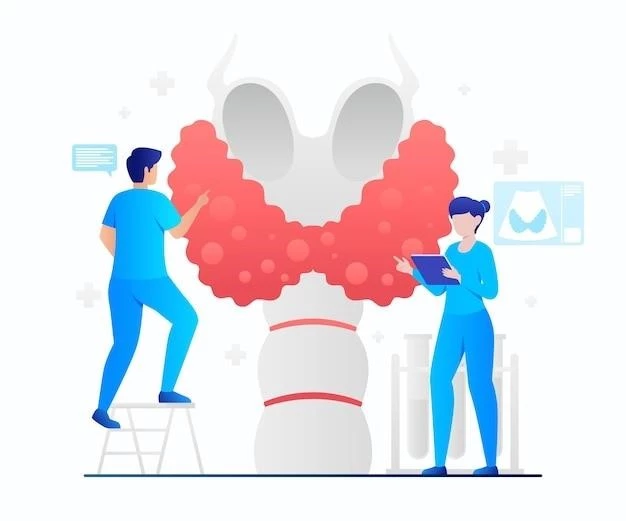The thyroglossal cyst is an irregular neck mass or a lump formed from leftover cells during thyroid development. When the thyroglossal duct fails to close, mucus accumulates, leading to cysts.
Definition and Development
A thyroglossal cyst is an irregular neck mass or lump that develops from cells and tissues leftover after thyroid gland formation during fetal development. The thyroglossal duct, if not closed properly, can lead to the formation of these cysts along its tract.

Prevalence and Clinical Presentation
Thyroglossal duct cysts are common neck abnormalities, particularly in pediatric patients. These cysts often present as painless neck masses, mainly inferior to the hyoid bone. The prevalence in adults is approximately 7%, with varying clinical manifestations.
Common Characteristics
Thyroglossal duct cysts commonly manifest as neck masses or lumps that develop from remaining cells post-thyroid formation. They are prevalent in pediatric patients and often present as painless masses inferior to the hyoid bone.
Pathophysiology of Thyroglossal Duct Cysts
Thyroglossal duct cysts result from the failure of the thyroglossal duct to close appropriately during development, leading to the formation of neck masses or lumps. These cysts can occur along the thyroglossal duct tract, typically inferior to the hyoid bone.
Formation and Location
A thyroglossal duct cyst develops due to the incomplete closure of the thyroglossal duct during embryonic development. These cysts can form anywhere along the thyroglossal tract, often found inferiorly to the hyoid bone.
Diagnosis and Imaging Techniques
Diagnosis of thyroglossal duct cysts often involves physical examination to detect neck masses, followed by imaging techniques like ultrasound or CT scans for confirmation and evaluation of the cysts and surrounding structures.
Identification Methods
Diagnosing thyroglossal duct cysts typically involves a physical examination to detect neck masses. Imaging techniques such as ultrasound or CT scans are commonly utilized for precise visualization and evaluation of the cysts and adjacent structures.

Treatment Options
Treatment for thyroglossal duct cysts typically involves surgical excision to remove the cyst and part of the thyroglossal tract to prevent recurrence. In cases of infection, alternative management approaches may be considered.
Surgical Intervention
The primary treatment for thyroglossal duct cysts is surgical excision. This procedure involves the removal of the cyst along with the adjacent thyroglossal tract to prevent recurrence. In cases of infection, appropriate management strategies should be considered to address the condition effectively.
Complications and Recurrence
Complications post-surgical removal of thyroglossal duct cysts may include infection or damage to surrounding structures. Recurrence can occur if the cyst or tract is not completely excised.
Risks and Follow-Up
Post-surgical removal of thyroglossal duct cysts, risks include infection and potential damage to nearby structures. Regular follow-up evaluations are crucial to monitor for any recurrence of the cyst or tract. It is important to address any complications promptly to ensure optimal recovery.
Research and Future Directions
Ongoing research on thyroglossal duct cysts explores novel treatment modalities and advancements in surgical techniques to enhance patient outcomes and reduce the risk of recurrence. Future directions in the management of these cysts aim to optimize diagnostic methods and refine treatment strategies for improved patient care and prognosis.
Advancements in Thyroglossal Tract Cyst Management
Recent advancements in the management of thyroglossal duct cysts focus on enhancing surgical techniques, including minimally invasive procedures and improved postoperative care to reduce complications and recurrence rates. Additionally, emerging research explores the potential of adjuvant therapies to optimize patient outcomes and ensure long-term success in treating these congenital neck abnormalities.
